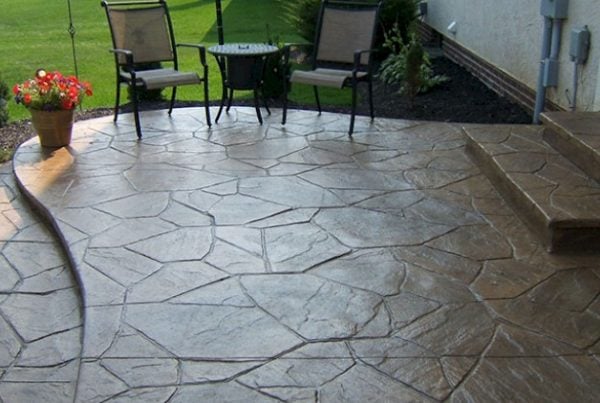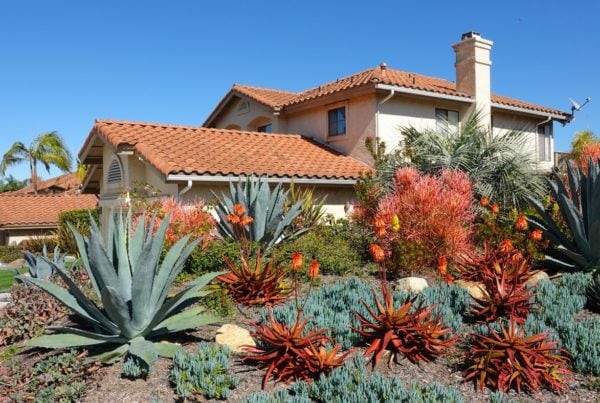When it comes to getting that coveted thick, healthy lawn, sod grass rolls can provide instant gratification. Unfortunately, they can also bring considerable challenges and frustrating outcomes. Read on to learn the proper way to prepare your yard for sod and find out why it’s often best to leave this sort of task to the experts.
A Word of Warning
Adding new sod is a tedious project requiring several important steps. If you fail to properly prepare the soil, your new grass will not take root, and you will end up wasting an incredible amount of time and money.
Make no mistake, if you try to add new sod to underprepared soil, it is likely to fail. For this reason, it’s almost always better to delegate this type of job to an experienced professional landscaping service that knows how to evaluate and treat your underlying soil. If you’re dead set on attempting it yourself, however, these are the steps you should take.
Test Your Soil
Grass won’t thrive in unhealthy soil. Contact a local soil-testing lab for instructions on how to test your soil’s pH. Ask for complete instructions for collecting samples and submitting them for analysis. In a few weeks, you will receive a report explaining how to amend your soil pH to adequate levels (6.5 to 7.0), along with input on potential nutrient deficiencies.
Kill Existing Vegetation
Use a quality nonselective vegetation killer to eliminate all the vegetation on the space you intend to sod. Do this at least 14 days before tearing up your old sod. Bear in mind that this may require two treatments. Be very careful to protect yourself from chemical exposure. Since these products kill all plants, keep them away from any shrubs or garden beds.
Remove Old Sod
 Rent a reliable power sod cutter to remove the old sod. If you are only working in a small area, you can rent a basic “kicker” manual cutter. You should know, however, that these machines require a lot of energy and strength to operate. You will also need to rent a trash bin to hold the old sod and pay to get rid of it.
Rent a reliable power sod cutter to remove the old sod. If you are only working in a small area, you can rent a basic “kicker” manual cutter. You should know, however, that these machines require a lot of energy and strength to operate. You will also need to rent a trash bin to hold the old sod and pay to get rid of it.
Amend Your Soil
Spread the types (and amounts) of soil treatments called for in your professional soil testing results. Common soil amendments are sulfur (to reduce soil pH), lime (to elevate soil pH), compost (to improve soil structure and health, and gypsum (to help flush out salts from the soil).
Till Your Soil
If your existing soil needs nutrients and amendments, it’s best to till it about a couple of inches deep to help mix the additives into the soil. If the soil is especially compacted, the new grass will flourish much better if you loosen the dirt so roots can penetrate easier. Tilling may not be necessary if your existing soil is loamy and sandy or if no amendments were needed.
Install Irrigation (if Desired)
If you’ve always coveted the convenience of an automatic irrigation system, this is the best time to install it. You won’t have to tear up your new grass and you will be able to water your new lawn while it’s trying to establish its roots.
Rake and Remove Debris
Pick up any roots, stones, sticks and lawn debris bigger than a coin. Then use a rake to level off high spots and ridges so the soil is smooth and even as possible. Debris will inhibit root-to-soil contact, and uneven spots will show up through your new sod. Air pockets beneath the turf will also kill the grass above it.
Fertilize the Soil
Help support your new grass by adding fertilizer. Use a nice starter fertilizer, which contains phosphorus, instead of ordinary lawn fertilizer. That mineral is critical for the development of roots, which need to be healthy and deep for new grass to get established.
While you can try to re-sod your lawn yourself, it’s safer and easier to work with a professional landscaper who can do the job right and come up with compelling ways to improve the surrounding aesthetic. At RMPS Landscaping in Castle Rock, we provide a complete spectrum of expert landscaping services that includes sod and lawn services, as well as concrete installations, landscape renovations and more. Contact us today for a complimentary quote and consultation on your next landscaping project!





